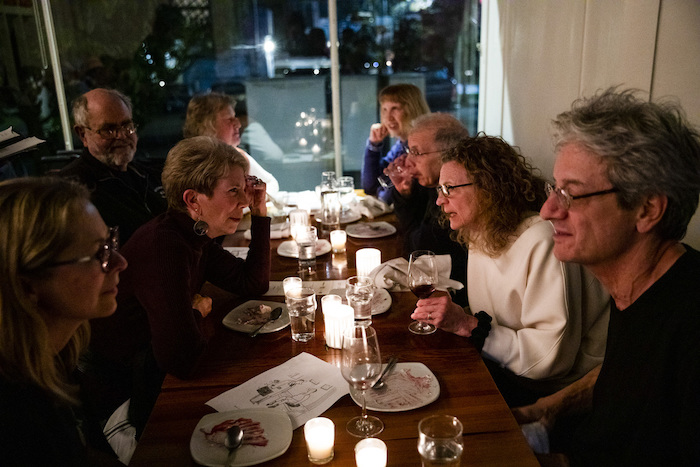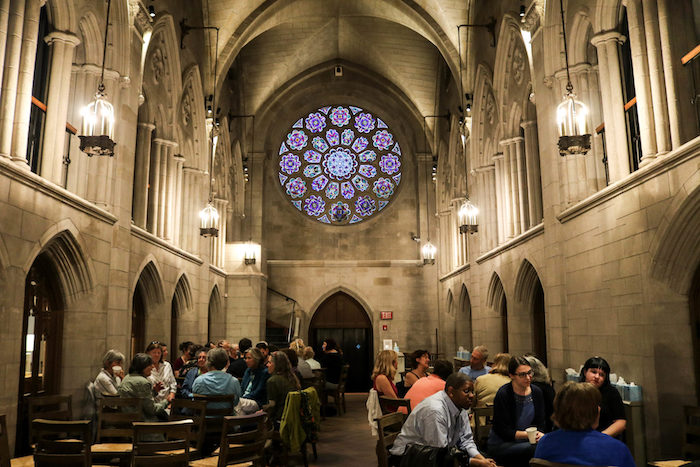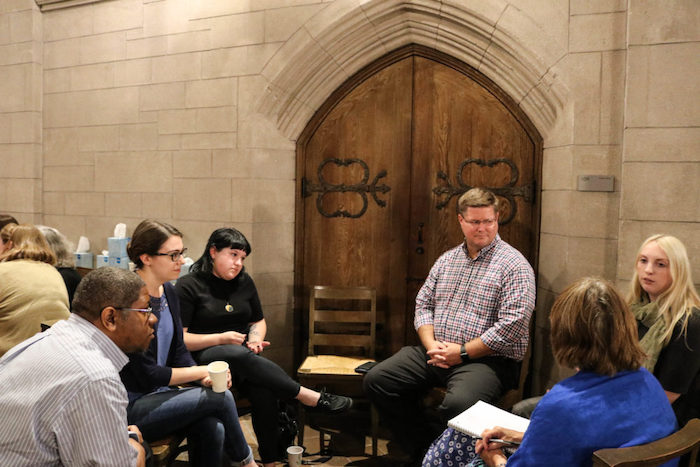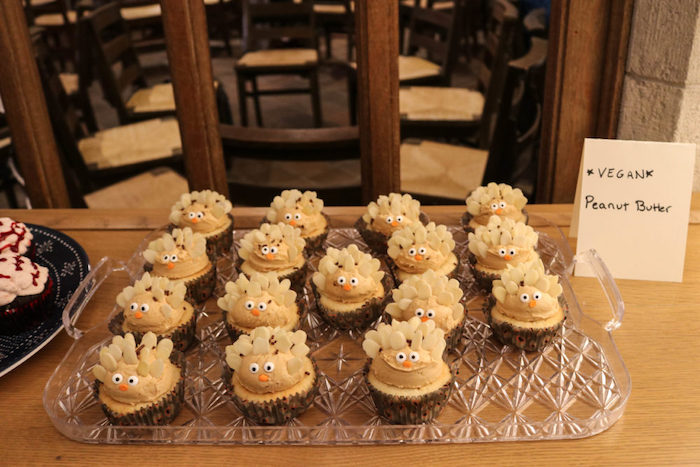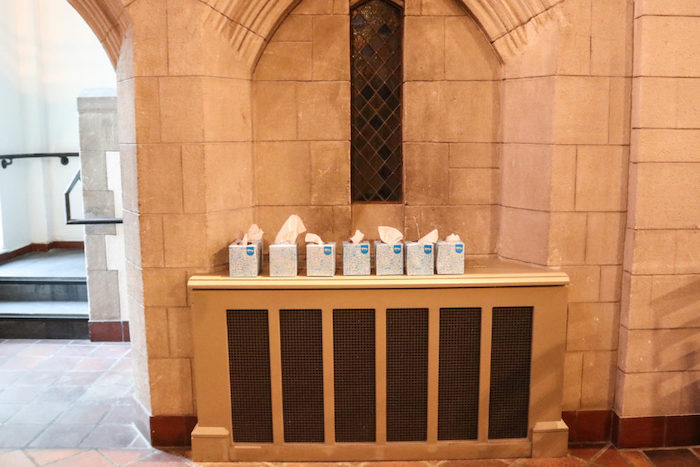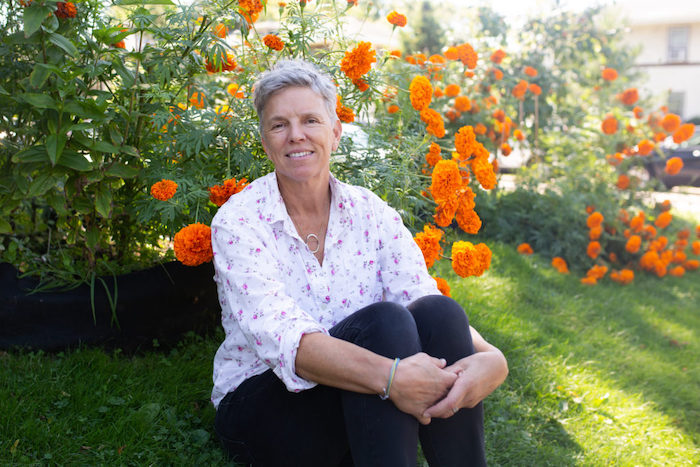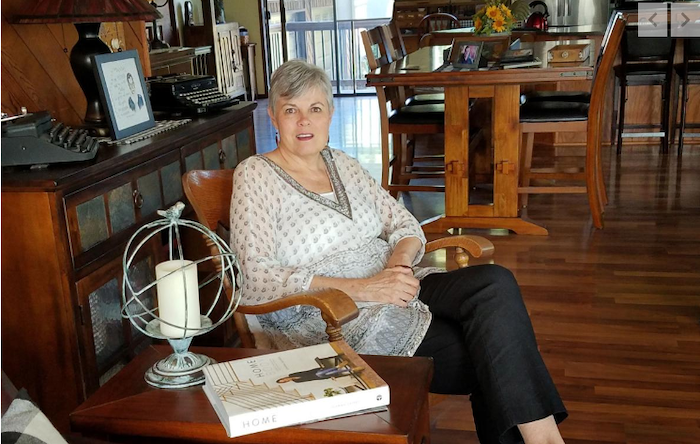
When Rosemary Bowen hurt her back last fall, she was diagnosed with a spinal compression fracture, a common injury for people with osteoporosis. At 94, the retired school reading specialist was active and socially engaged in her Friendship Heights neighborhood, swimming each day, cooking and cleaning for herself, and participating in walking groups, a book club and a poetry cafe. Doctors assured her that with physical therapy and a back brace, she would probably recover in about three months.
Instead, she announced to her family and friends that she had decided to terminate her life by fasting. After saying her goodbyes, she stopped eating, and in the early morning of the eighth day of her fast, she died in her sleep.
But first, Rosemary asked her daughter, Mary Beth Bowen, to film her fast. The final week of her life is now documented, day by day, in a 16-minute film, which was shown publicly for the first time Saturday at the End of Life Expo hosted by Iona Senior Services in Tenleytown.
It may sound macabre to hold a camera up to a dying woman. But Mary Beth said her mother wanted to spread the word that there was a legal, relatively pain-free way to end one’s life. “She thought that more people should take advantage of it,” she said. “She wanted to show people that it could be peaceful and even joyful.”
Rosemary’s plan didn’t completely surprise her family. She had lived through the Depression, when her father lost his job and moved the family to their grandmother’s farmhouse in Magnolia, Wis. Perhaps because of that experience, she was horrified by the idea of imposing on others, even temporarily, to the point where she would stay in a hotel rather than with family. “For all my life, she used to say, ‘People should row their own boats,’ ” Mary Beth said.
Rosemary had seen friends in their 90s who had slowly declined, and as far back as 1979 she wrote about her aversion to an old age with loved ones “shuffling in and out of rest homes visiting me.” When a friend ended her life by fasting, Rosemary decided someday she would do the same.
“At every family reunion she would talk about it — ‘When I get to the point where I can’t care for myself, then I’m going to hasten my death through fasting,’ ” Mary Beth said. “… She said, ‘Old Eskimos, they would just go off and die,’ and she thought that made so much sense.”
After her injury she spent two weeks at a rehab facility, and her daughters talked her into trying out an assisted-living facility. But she hated that she needed help with basic tasks such as cleaning herself, and after two days there she decided to go through with the fast.
Family members begged her to reconsider. Didn’t she want to see her great-grandchildren start to grow up, Mary Beth asked. One of Rosemary’s daughters said she was hurt that Rosemary would not stick around to see her granddaughter graduate.
But Rosemary was adamant. “She said, ‘I’m sorry, but I have to do what’s right for me,’ ” Mary Beth said.
A ‘good death’?
Rosemary would have preferred to take a pill to quickly end her life, but only a handful of states have aid-in-dying laws, and Maryland is not one of them, though it came close to passing such a bill earlier this year. Fasting, or Voluntarily Stopping Eating and Drinking (VSED), is not prohibited by any state.
There is no count of how many people choose this route, but it is gradually entering the public conversation. Radio host Diane Rehm revealed on a 2014 segment that her husband, who had suffered from Parkinson’s disease, had brought about his own death by fasting.
Depending on the person’s health and other circumstances, it can take from a few days to a few weeks before death occurs, according to published studies on the method. Refraining from drinking liquids can significantly hasten the process, as a person can survive for a long time by fasting alone. Proper mouth care is essential for a comfortable death, including keeping the person’s lips moist. Aggressive treatment for pain should also be available.
In a 2015 study, 80 percent of family physicians in the Netherlands who had treated VSED cases said the process had unfolded as the patients wanted; only 2 percent said it hadn’t. The median time until death was seven days. Doctors reported that 14 percent of their patients suffered pain in their final three days, and smaller percentages experienced fatigue, impaired cognitive functioning, delirium, and thirst or dry throat.
The results were similar to that of a 2003 study in which hospice nurses in Oregon were asked if they had treated patients who chose to stop eating and drinking. Eighty-five percent of those patients died within 15 days, and the nurses’ median score for the quality of their deaths, on a scale from 0 (a very bad death) to 9 (a very good death), was 8.
Even so, many advocates for aid-in-dying laws argue that people should not have to draw out their own deaths in such a way. Rehm made that argument vociferously after the death of John Rehm, who chose VSED after his doctor said he couldn’t give him drugs to end his life.
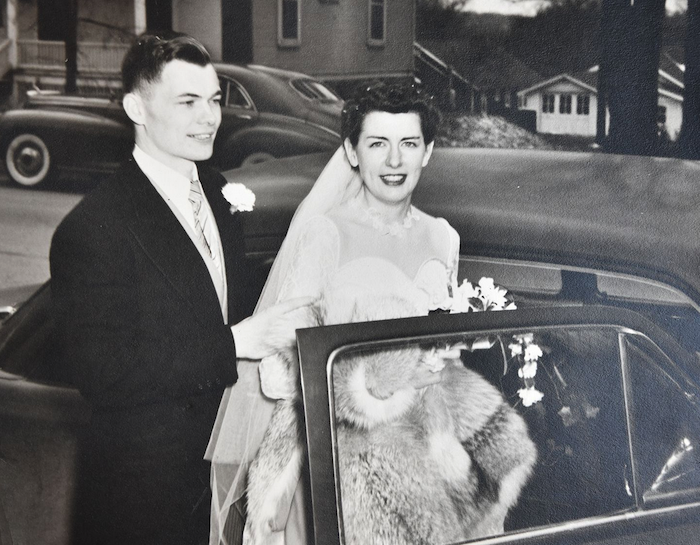
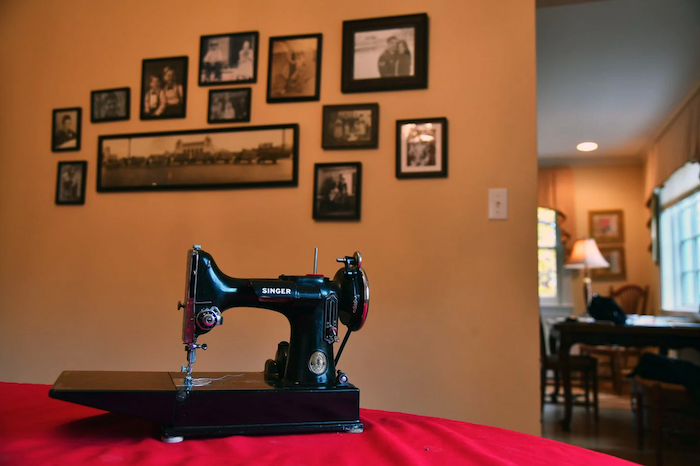
The next step after Rosemary decided she wanted to end her life was getting into a hospice program so she could receive aggressive pain medication and other support during the fast. Although she did not technically qualify for hospice since she didn’t have a terminal illness, an Iona staff member helped find one willing to accept her.
In the days leading up to her fast, Rosemary said goodbye to close friends and family members, and started eating half-size meals. Her last meal, for dinner on Dec. 5, was crab cakes. The next day, she stopped eating — and her daughter started filming.
The first scene shows Rosemary smiling, propped up against a blue satin pillow, her short gray hair framing her face. “I am leaving life with great joy,” she says. “I cannot tell you how content I am and I recommend it highly to do it this way. Be in control. Don’t let people decide anything about you and keep you doing a lot of procedures that are not going to benefit your health at all. Just get on with it and go.”
On Day 3 Rosemary says she feels “Okay. Good. Happy. Relieved.” On Day 4, her voice is still strong, and she has returned from walking down the hall with her walker.
Around then, Rosemary became impatient. She felt fine — too fine — and wondered why death was taking so long. Her daughter pointed out that she was still having small sips of water each day with a pill. So she stopped that, instead relying on tiny wet sponges to hydrate her mouth.
By Day 5, her voice cracks as she reports feeling “weaker, and I’m delighted.”
On Day 6, Mary Beth breaks from her neutral observer role and asks if her mother has any regrets about what she’s doing.
“Absolutely none,” Rosemary says.
“But you know that I would much rather have you live for another year or two,” Mary Beth says.
“Oh God,” her mother says with a grimace.
Mixed reactions
The film does not skip over difficult parts, including the last day Rosemary is conscious, when her mind starts to wander as her organs shut down, and she slips into a deep sleep.
In the audience at Iona, the film elicited mixed reactions.
Gerry Rebach, a former hospice nurse whose mother hastened her death with a fast that took 21 days, said, “It’s not easy, and this movie made it seem easy. I would hate for it to give false impressions.”
Rebach said she cannot imagine herself following her mother’s example. “I think it takes an incredible act of will to be sentient and be able to do that.”
Jean McNelis, a Friendship Heights resident who was friends with Rosemary for 20 years and watched the film Saturday, said she is in the process of figuring out details of her living will, will, and power of attorney. “I don’t have any opinion formed yet about what I want,” she said. “She gave me things to think about.”
Carol Morgan, 78, of Columbia Heights, was upset by the film. Her mother had also fasted to hasten her death in 2006. “It broke my heart,” Morgan said. “I couldn’t bear to see it. … There’s something in me that rebels against it.”
For Mary Beth, the filming was excruciating. She would mostly hold her tears back when she was with her mother, then burst into sobs in the parking garage.
But she saw how happy Rosemary was with her decision. “I felt so gratified that I was helping her on this journey that she was on,” she said. “We were in it together. We’ve always been close, but we became even closer. We’ve never been closer than that last week.”
In the end, helping her mother end her life felt like a sacrament. And filming it felt empowering. Since Rosemary’s death, several of her mother’s friends have told her they are considering following her example, she said.
When Esther Delaplaine, 95, a friend and neighbor, visited Rosemary during her fast, she said, “I had a chance to tell her … how her manner of going was a guide to me in some future that I would be facing.”
That was what Rosemary was hoping for. In the final scene of the film, she can be heard saying, “I feel so privileged to be exiting life like this, and think of all those people who are wringing their hands and saying ‘If only God would take me,’ and all they need to do is give God a little help by holding back on eating and drinking.”
By then, the bed is empty, the blue satin pillow still on it.
Complete Article ↪HERE↩!


